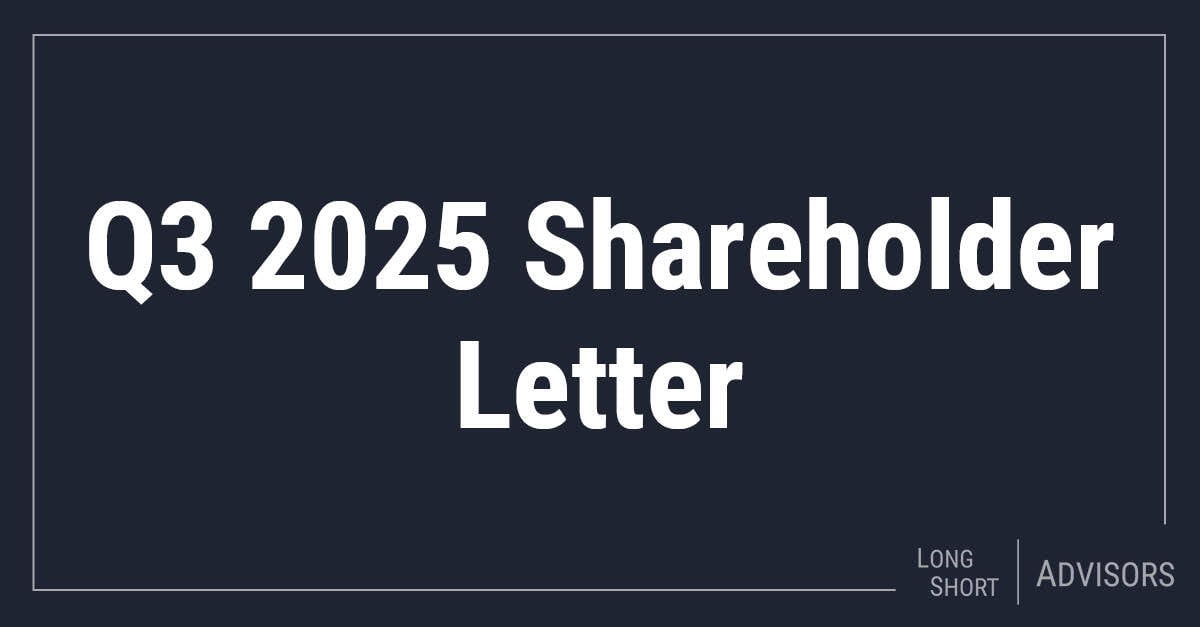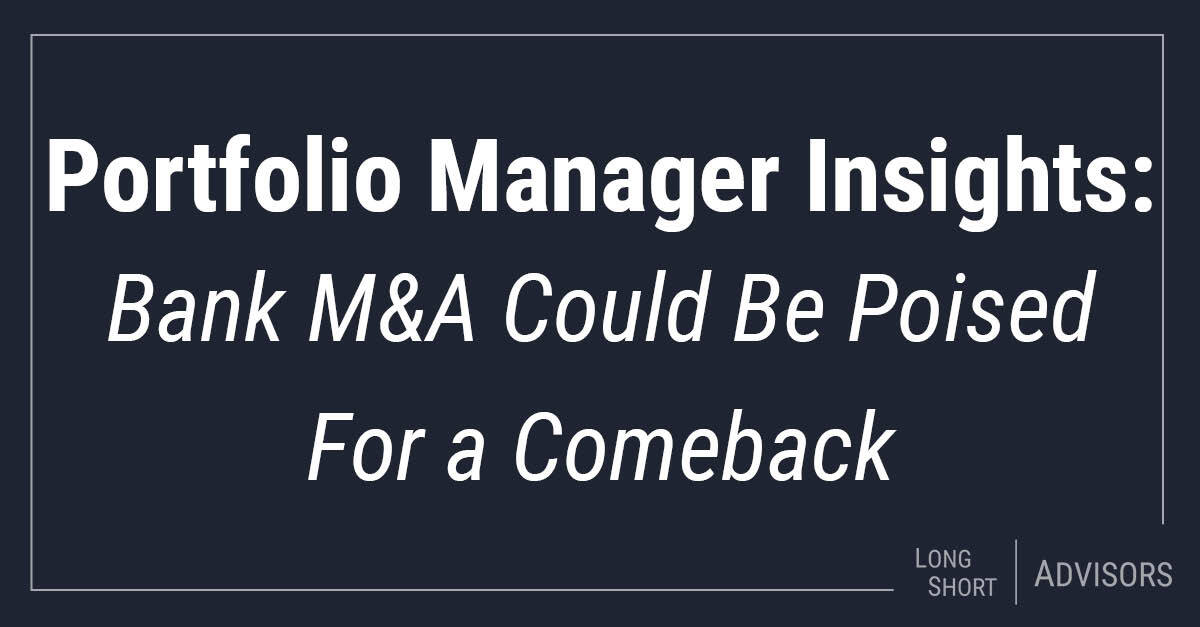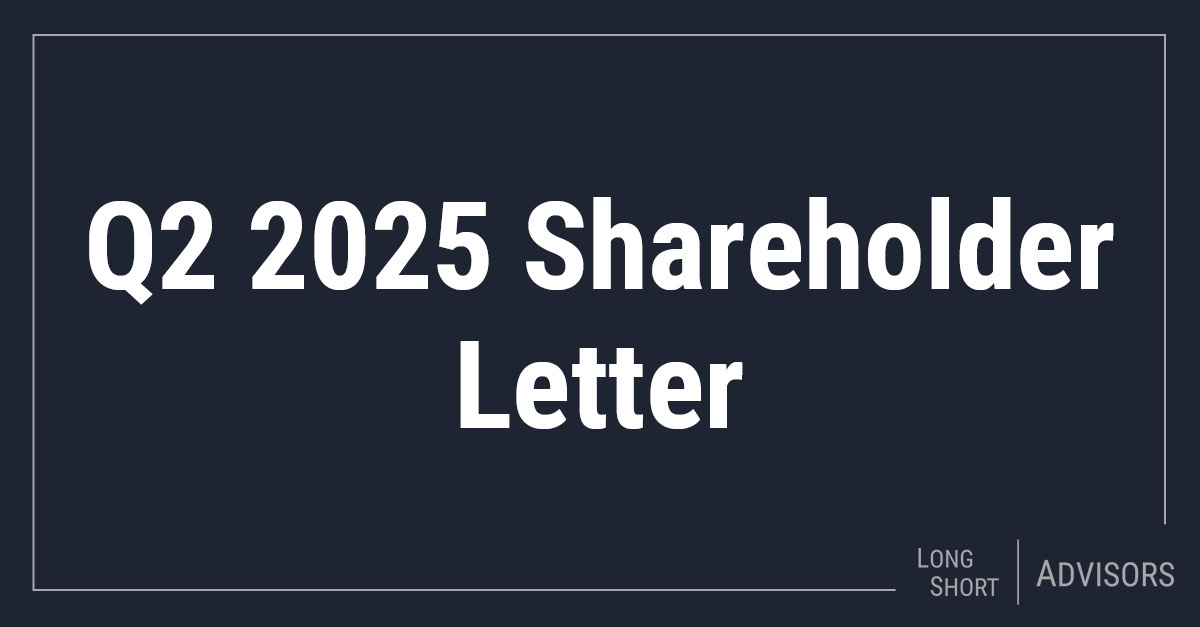As we approach autumn, is the outlook for the economy and financial markets brightening or darkening?
On the positive side, US economic growth this year has been more robust than nearly any economist or market pundit predicted. GDP expanded at just over 2% during the first half of 2023 and the Atlanta Fed’s GDPNow current projection is for a sizzling 4.9% GDP growth rate in the third quarter, which sounds like an economy that is running too hot. The economy is at full employment, the inflation rate is coming down (though it is still well above the Fed’s 2.0% target), and Wall Street analysts believe that corporate earnings bottomed out in the second quarter and will start to grow again this quarter after three consecutive quarters of contraction.
Now let’s consider the flip side of the story. Manufacturing is contracting; service and wage inflation are still too high for the Fed’s liking; bankruptcies and loan delinquencies are ticking up; the urban office space market is in a terrible mess with potentially severe consequences for numerous local and regional bank lenders. Consumption (nearly 70% of the economy) has powered growth this year, but a San Francisco Fed study projects that excess household savings from Covid-era government stimulus, which peaked at $2.1 trillion in August 2021, will be depleted this quarter.
The federal government budget deficit for the fiscal year ending this month, in a time of peace and economic growth, will be around $2.0 trillion (one shudders to think what the deficit would be in a recession); there is no budget yet in place for next fiscal year, starting on October 1, and a potentially nasty brawl in Congress and possible federal government shutdown looms. And yet the situation here appears almost sanguine in comparison to that in many other countries. The war in Ukraine continues to rage; Germany and the UK, two of Europe’s largest economies, are mired in stagflation; China’s growth is lackluster and the country is facing twin crises in the property market and local government finances.
Forecasting is Risky
The truth is that no one can predict the future—but that does not stop market strategists, economists, and other pundits from acting as if they can on CNBC or in other financial media. Humans, of course, have never been comfortable with uncertainty and their inability to foretell the future. Ancient Greeks visited the Oracle of Delphi to hear the future from the high priestess; Roman fortune-tellers claimed an ability to divine the future by studying flights of birds or the entrails of sacrificed animals. It was Warren Buffett who said, “We have long felt that the only value of stock forecasters is to make fortune-tellers look good.”
Instead of attempting the fool’s errand of being completely right on the markets, it is better to invest in a portfolio that will reward investors, from a return and risk standpoint, in multiple potential scenarios. Take the examples of equities and high-yield bonds. We know that US stock market valuations (particularly for large-cap growth stocks) are elevated by historical yardsticks, which implies lower forward returns, but we don’t know exactly when the market might crack. Year-to-date, high-yield bonds have performed satisfactorily, but corporate defaults are picking up (through July, the number of defaults was already higher than during the entire calendar year 2022) and junk-bond issuers are vulnerable to higher rates when their paper matures (and, obviously, to a recession, which is still a possibility around the corner).
Time for a Long-Short Fund
Given this backdrop of interest-rate, inflation, and economic uncertainty, one approach that seems to make good sense is to include a position in a long-short equity fund in a portfolio. Such a holding serves multiple purposes. If the stock market continues to rise, a proper long-short fund will enable the investor to participate in the upside. If the market slumps due to unexpectedly high inflation or interest rates or any number of potential causes, the investor will be shielded from the worst of the losses due to the fund’s short positions and will live to fight another day. In fact, after a market swoon, in rebalancing the portfolio the investor can add market beta when equity market prices are discounted. A well-managed active long-short fund helps an investor stay in the game and avoid the dangerous game of attempting to time markets.
17385142-UFD-09/15/2023

.jpg)






